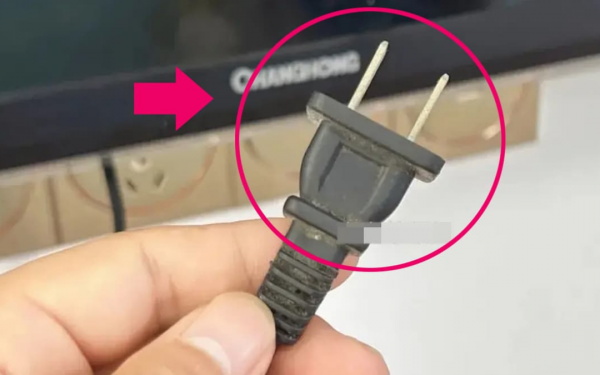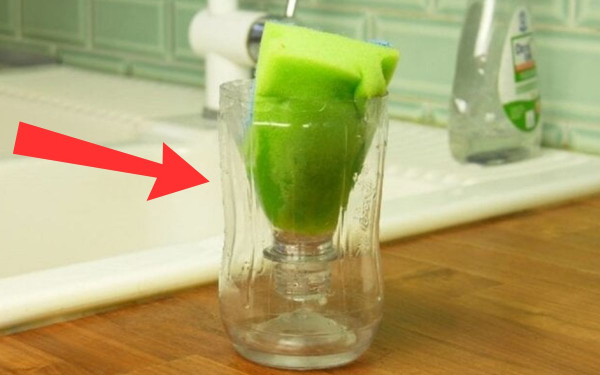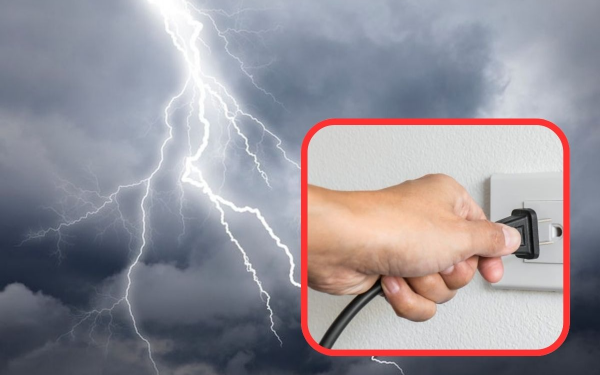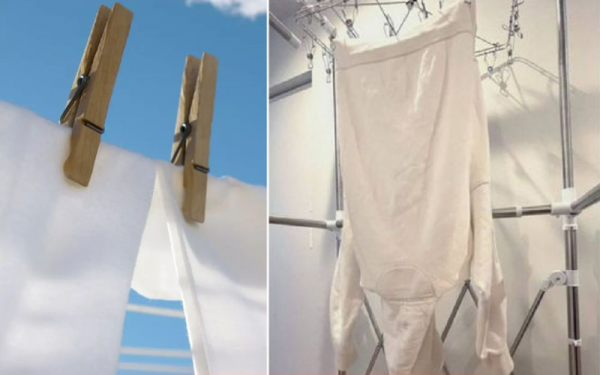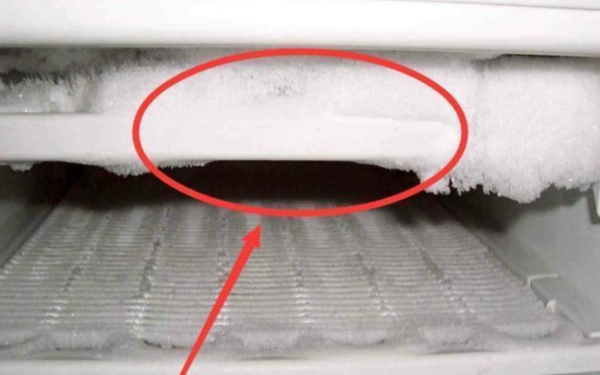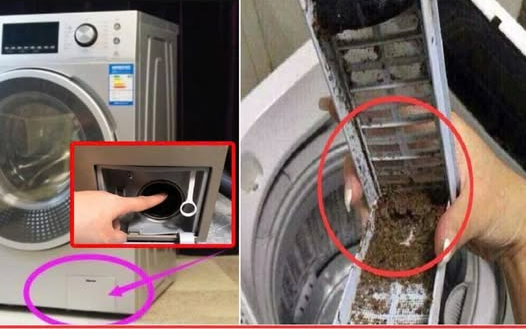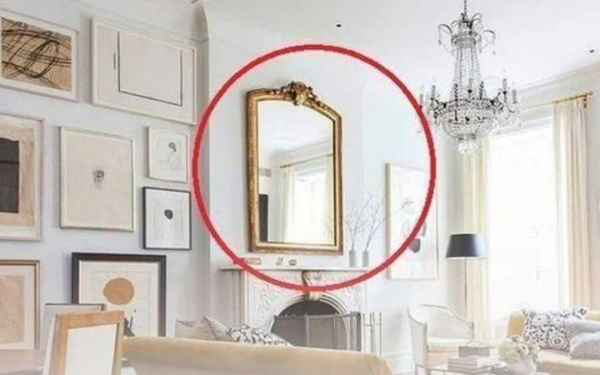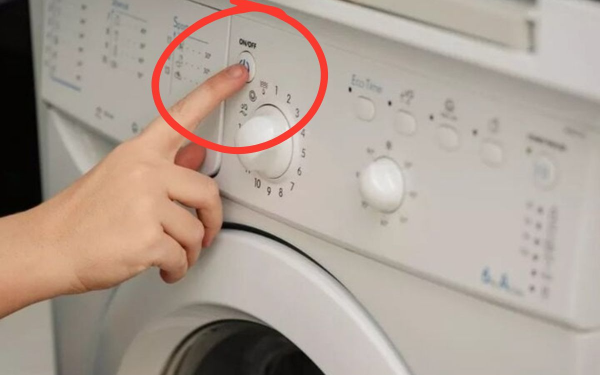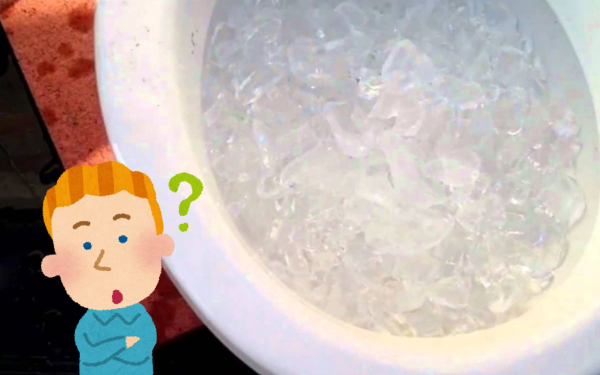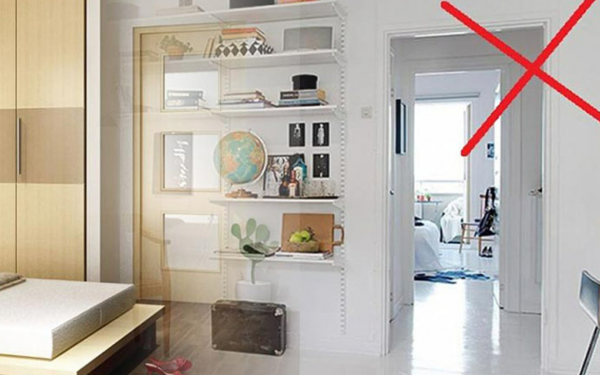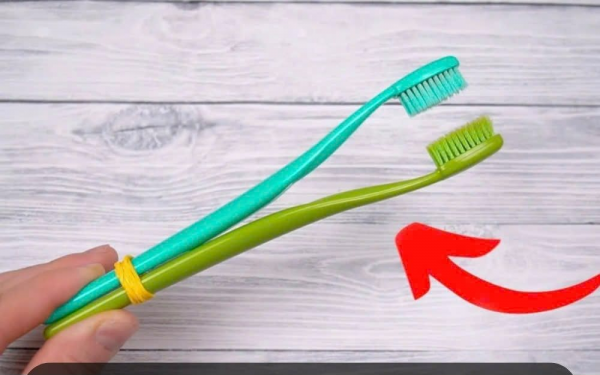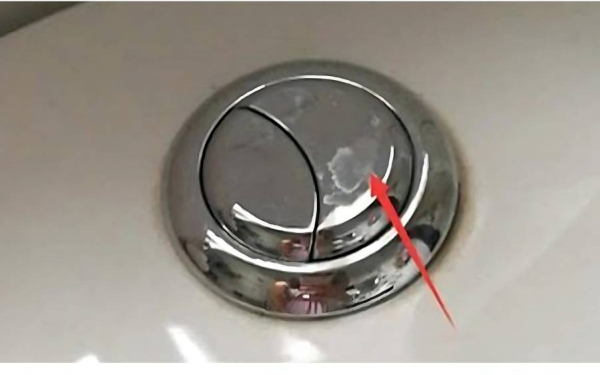Do you have any idea what that might signify?

Answer:
What Does Red Wax in Your Keyhole Indicate?
Discovering red wax in your keyhole can raise immediate red flags. This seemingly harmless substance might indicate that someone is keeping a close eye on your home. Burglars or squatters sometimes use wax as a discreet method to determine whether a property is occupied. By applying wax or another substance in the keyhole, they can monitor whether or not it is disturbed-if the wax remains untouched, it could suggest that the house is vacant, making it a prime target for intrusion.
It's easy to overlook something like wax residue on your key or lock, especially when rushing out the door. However, if you've noticed this, it's important to take it seriously, as it could be an indication that someone has tampered with your lock.
Why Would Burglars or Squatters Use Red Wax?
You may be wondering, why wax? Burglars and squatters are always on the lookout for inconspicuous ways to identify empty homes, and placing wax in keyholes is a low-profile method of determining if a lock is being used. The tactic is subtle-someone can easily apply a small amount of wax in the keyhole without raising suspicion.
If the wax remains untouched after a few days, the individual may assume the house is empty and decide it's an easy target. If, however, the wax is disturbed, it means that someone is regularly entering and exiting the house, which could deter them from pursuing a break-in or squatting attempt.
What to Do If You Find Red Wax in Your Keyhole
Finding red wax in your keyhole can be alarming, but it's important to act quickly to secu your home. Here are the steps you should take if you discover wax in your lock:
1. Inspect Your Property:
First, thoroughly inspect your front door and surrounding areas for any signs of tampering.
Look for scratches around the lock, pry marks, or other indications that someone may have attempted to interfere with your lock.
2. Change Your Locks:
Whether or not your lock appears to be functioning normally, changing the locks is a proactive step to ensure your home's security. If someone has already attempted to manipulate your lock, it's better to be safe than sorry. Consider upgrading to more advanced locks or installing deadbolts for added protection.
3. Install a Security Camera:
Installing a visible security camera or a doorbell camera can deter potential intruders and provide peace of mind. Not only can these devices capture footage of any suspicio activity, but the mere presence of a camera can discourage burglars from targeting yo home.
4. Alert Your Neighbors:
Inform your neighbors about the incident, especially if you live in a close-knit community. If squatters or burglars are targeting homes in your area, everyone should be on high alert. Encourage your neighbors to check their locks and report any unusual findings.
5. Contact Law Enforcement:
If you suspect that someone has tampered with your lock or is monitoring your home, it's important to file a report with the local authorities. They can investigate further and keep an eye on suspicious activity in your neighborhood.
6. Consider a Home Security System:
If you don't already have one, now might be a good time to invest in a comprehensive home security system. Many modern systems come with motion detectors, alarms, and 24/7 monitoring services, all of which can help protect your home and provide peace of mind.

